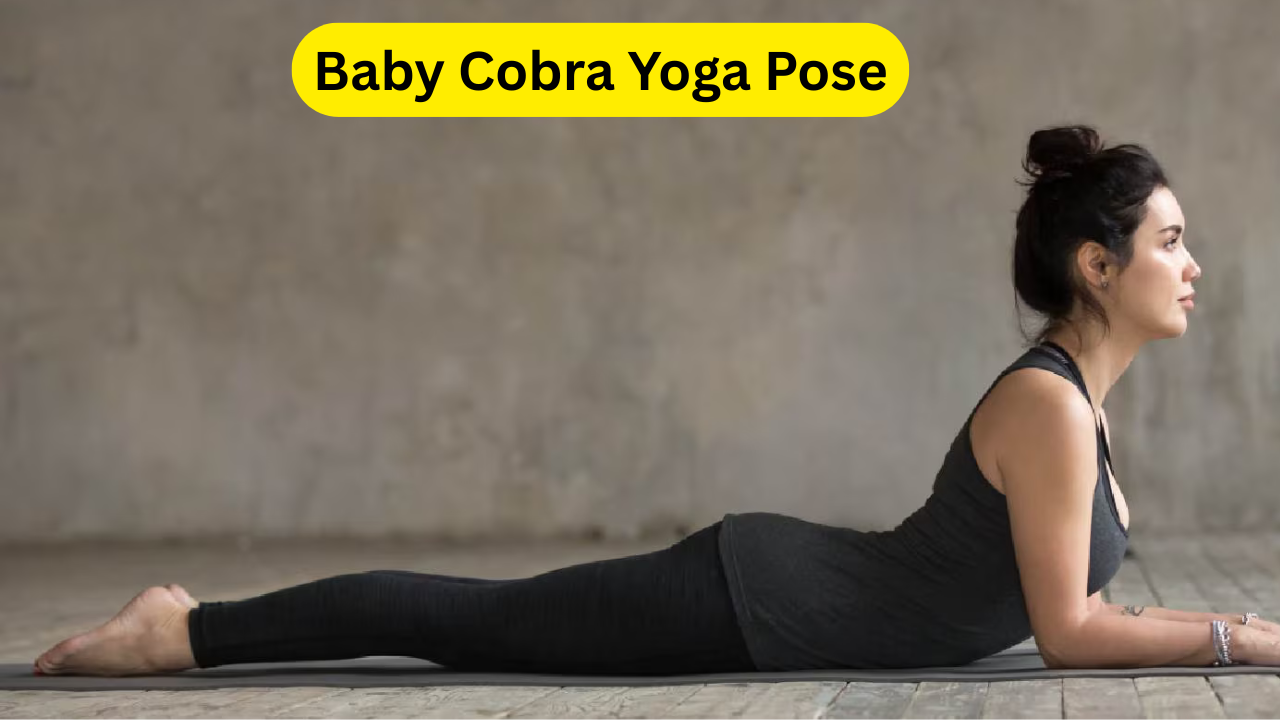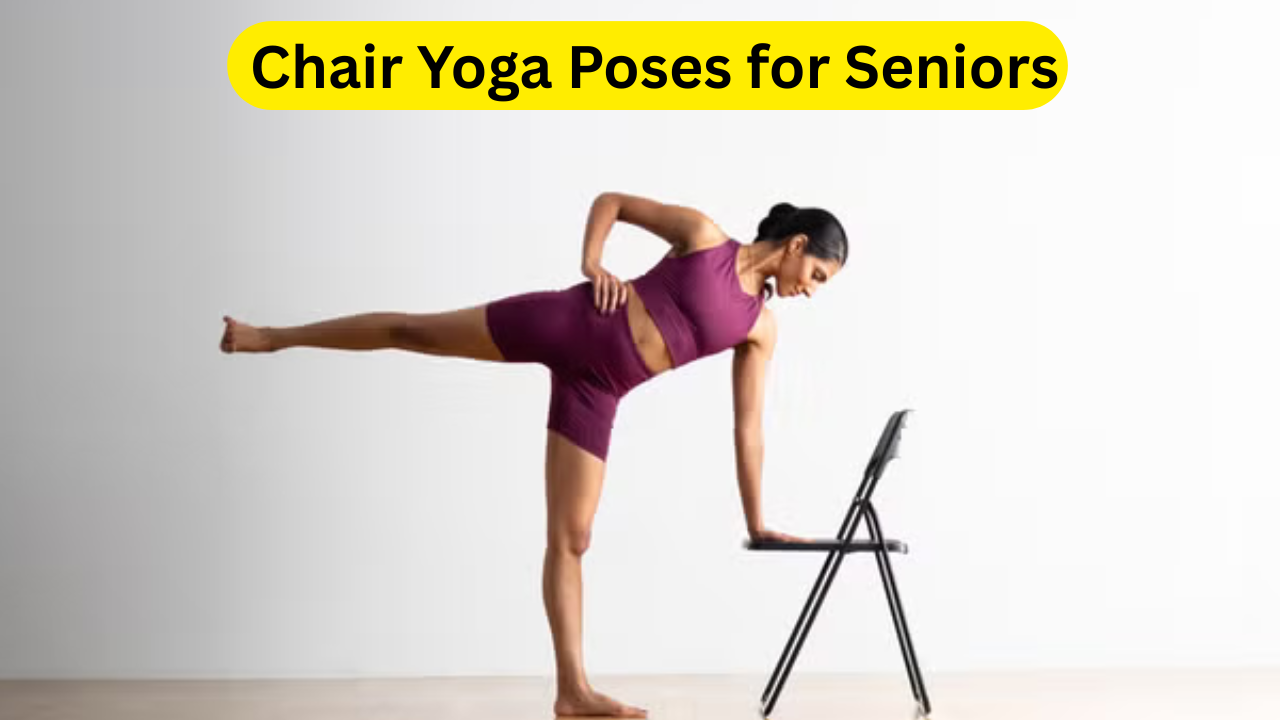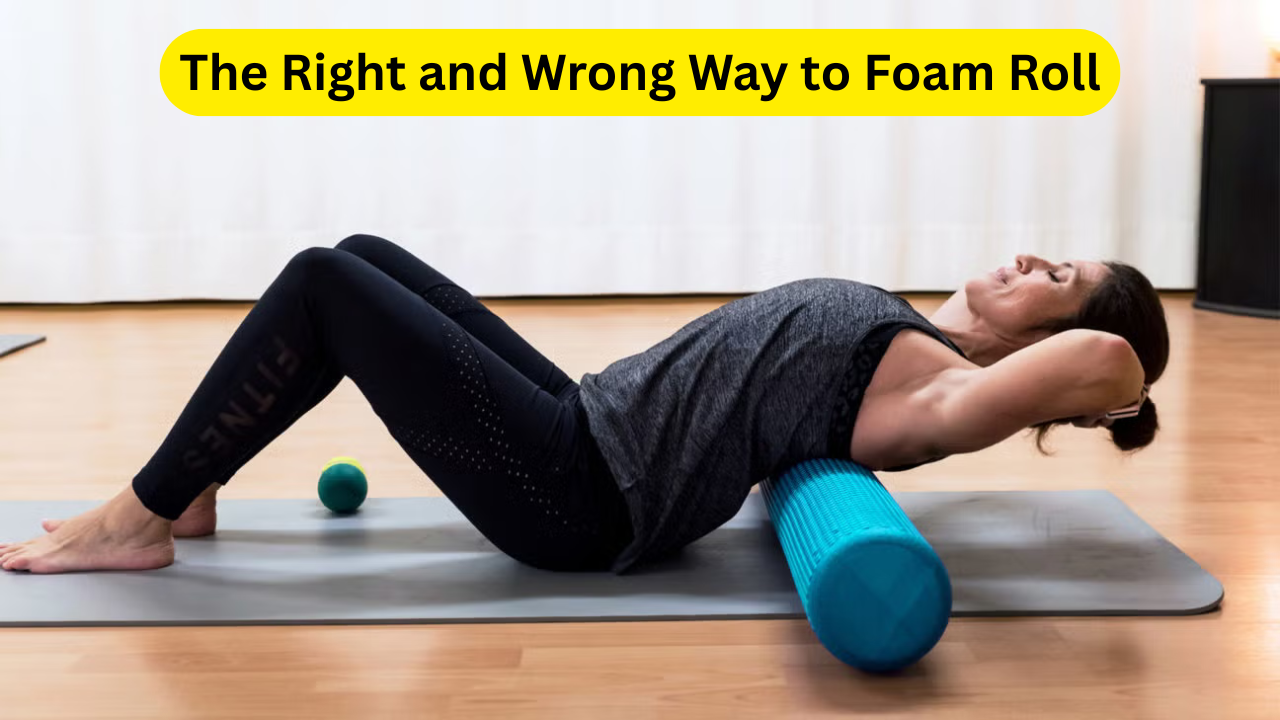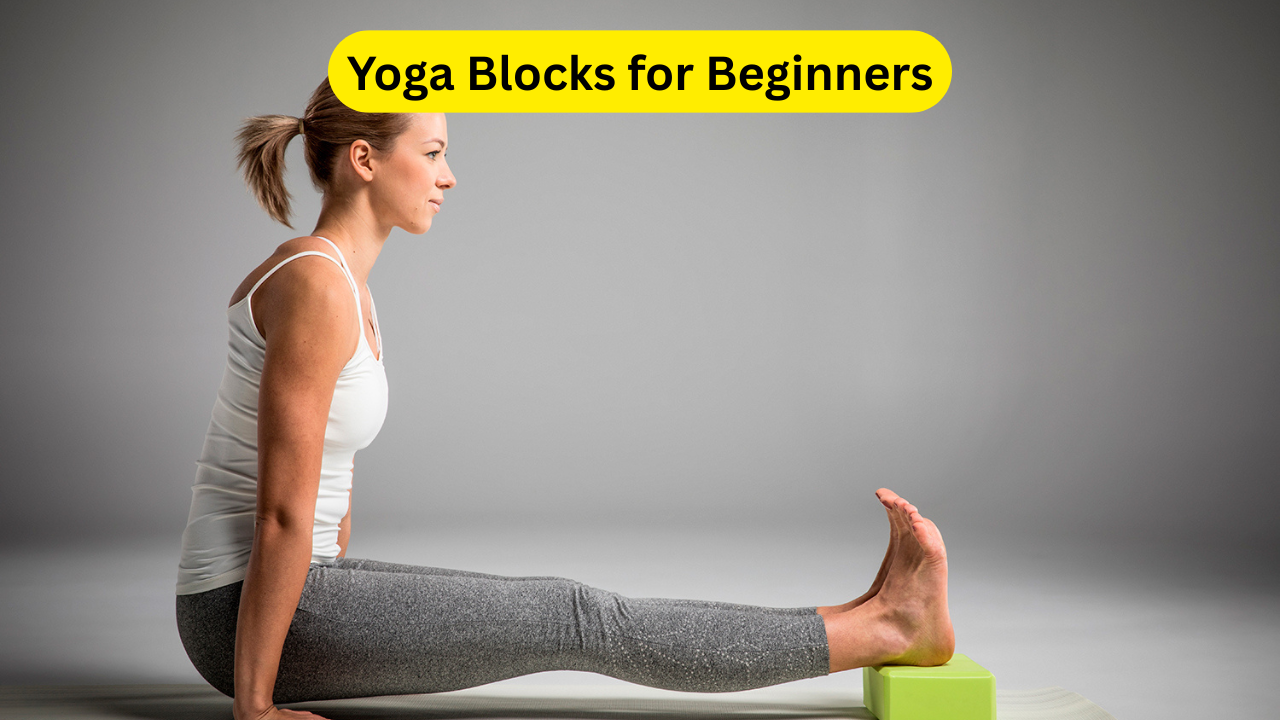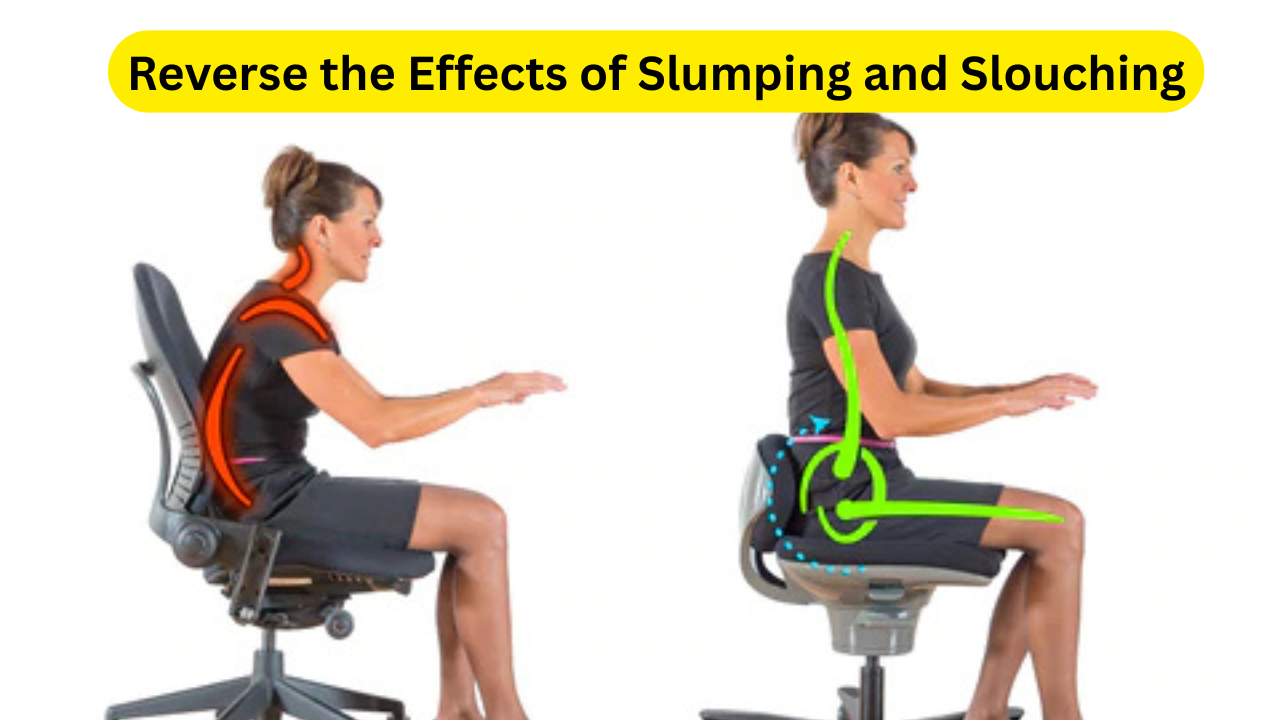Lower Back Pain Relief: Lower back pain is a common issue that affects millions of people worldwide. Whether it’s caused by poor posture, sedentary lifestyle, or injury, it can lead to significant discomfort, limiting daily activities and reducing quality of life. Many individuals suffering from chronic back pain seek effective treatments, ranging from physical therapy to medication. However, an increasingly popular and highly beneficial solution is yoga. Research, including a recent study conducted by the Cleveland Clinic, has shown that yoga can play a pivotal role in alleviating lower back pain, improving mobility, and promoting overall well-being.
Yoga is a holistic practice that combines gentle stretching, strengthening, and mindfulness. It has long been known to offer numerous health benefits, but its effectiveness in managing and reducing lower back pain has garnered attention in recent years. The Cleveland Clinic study, led by Dr. Rob Saper, an integrative medicine physician, found that participants who practiced yoga regularly experienced significant improvements in pain levels, physical functioning, sleep quality, and even reduced reliance on pain medications. This finding suggests that yoga offers an accessible and effective alternative or complementary treatment for those struggling with lower back pain.
One of the key advantages of yoga is its versatility and accessibility. Unlike traditional forms of exercise that may require expensive equipment or gym memberships, yoga can be practiced almost anywhere, with minimal equipment—just a yoga mat. With the rise of online classes and virtual programs, yoga has become even more accessible to people, allowing individuals to engage in classes at their convenience from the comfort of their homes. In this article, we’ll dive deeper into the science behind yoga’s benefits for lower back pain, explore various yoga poses that target back pain, and provide expert advice on how to safely incorporate yoga into your routine.
Why Yoga is Effective for Lower Back Pain
Yoga offers a multifaceted approach to lower back pain by addressing several key areas that contribute to pain relief. It strengthens the muscles that support the spine, improves flexibility, enhances posture, and reduces stress. Here’s how:
Strengthening the Core and Back Muscles
One of the primary causes of lower back pain is weak core muscles. These include the abdominal muscles, obliques (muscles on the sides of your chest), and glutes. These muscles are essential for stabilizing the spine and maintaining proper posture. Yoga poses, particularly those that focus on the core, help to strengthen these muscles, improving overall spinal support and reducing pain.
Dr. Rob Saper explains that yoga exercises aim to strengthen these core muscles in a way similar to physical therapy (PT), but with a more holistic approach. Poses like the plank, boat pose, and bridge pose are excellent for building strength in the abdominal and gluteal muscles, which support the lower back. As these muscles become stronger, the strain on the spine decreases, resulting in less discomfort.
Improving Flexibility and Posture
Stiffness and tightness in the muscles around the spine can exacerbate lower back pain. Yoga helps improve flexibility by gently stretching the muscles and increasing range of motion. This not only alleviates pain but also prevents future injuries.
Additionally, yoga encourages proper alignment and posture, which is crucial for preventing and managing lower back pain. Many people with back pain suffer from poor posture, whether due to sitting for long hours or improper lifting techniques. Yoga teaches mindfulness of body alignment, helping individuals maintain better posture throughout the day. This can reduce strain on the spine and alleviate pain caused by misalignment.
Reducing Stress and Tension
Chronic stress can also contribute to back pain, as it leads to muscle tension and inflammation. Yoga incorporates deep breathing techniques, meditation, and relaxation exercises that can reduce stress levels. By activating the parasympathetic nervous system, yoga helps lower cortisol (stress hormone) levels, which can, in turn, reduce the tension in the muscles of the back.
The Cleveland Clinic Study: A Game-Changer for Online Yoga
Dr. Rob Saper’s study, conducted at the Cleveland Clinic, involved 140 participants who took an online yoga class once a week for 12 weeks. The results were impressive. By the end of the 12-week period, participants reported a significant reduction in pain levels, improved physical function, and better sleep. They also reported taking less pain medication, showcasing yoga’s potential as a drug-free alternative for managing lower back pain.
Notably, the study found that yoga classes taken online were just as effective as in-person sessions, opening up the possibility for individuals to practice yoga in the comfort of their own homes. This finding is particularly important for those who may not have access to local yoga studios or prefer a more private setting to practice.
Click Here: Garland Pose (Malasana): 8 Incredible Benefits of Sitting in Malasana Every Day
Yoga Poses for Lower Back Pain Relief
There are several yoga poses specifically designed to target lower back pain and improve spinal health. Below are some of the most effective poses:
1. Child’s Pose (Balasana)
This gentle resting pose stretches the lower back, hips, and thighs while promoting relaxation. It is particularly helpful for relieving tension in the lower back and can be practiced at any time during your yoga session.
2. Cat-Cow Pose (Marjaryasana-Bitilasana)
A dynamic stretching sequence that involves arching and rounding the back, Cat-Cow pose helps to improve flexibility and relieve stiffness in the spine. This movement also stimulates the abdominal muscles, providing gentle support to the lower back.
3. Downward-Facing Dog (Adho Mukha Svanasana)
This pose is great for stretching the entire body, especially the hamstrings and back muscles. It strengthens the arms, shoulders, and core while lengthening the spine, which helps relieve tension in the lower back.
4. Bridge Pose (Setu Bandhasana)
The Bridge Pose strengthens the glutes and lower back muscles while stretching the front of the body. It is particularly effective in relieving tightness in the lower back and improving overall posture.
5. Sphinx Pose (Salamba Bhujangasana)
A gentle backbend, the Sphinx Pose helps to strengthen the lower back muscles and promote better spinal alignment. It is ideal for individuals who experience lower back stiffness.
How to Start Practicing Yoga for Lower Back Pain

If you are considering trying yoga for your lower back pain, here are some tips to get started:
1. Start Slow and Focus on Gentle Poses
If you’re new to yoga or have severe back pain, begin with gentle, restorative poses and work your way up to more challenging postures. Consider enrolling in a beginner’s class or seeking out sessions that focus on pain management.
2. Use Props for Support
Props such as yoga blocks, straps, or cushions can be used to modify poses and provide extra support. This can help you ease into each posture safely, especially if you’re dealing with discomfort.
3. Consult with Your Doctor
Before starting a yoga routine, especially if you have severe or chronic back pain, it’s important to consult with your healthcare provider to ensure that yoga is a suitable option for your condition.
Also Read: MG M9: Luxury MPV Spotted Ahead Of Market Launch In India
Lower Back Pain Relief Conclusion
Yoga is an effective, accessible, and holistic approach to managing lower back pain. It not only strengthens the core and back muscles but also improves flexibility, posture, and stress levels—all of which contribute to reducing pain. The Cleveland Clinic study has provided valuable evidence that yoga can be just as effective when practiced online as in-person, making it an ideal solution for many individuals. With regular practice, yoga can be a transformative tool for those suffering from lower back pain, helping them regain control over their lives without relying on medication. However, it’s essential to approach yoga with patience, choose the right classes, and seek professional guidance if necessary.
Lower Back Pain Relief FAQs
1. How long does it take for yoga to help with lower back pain?
The time it takes for yoga to reduce lower back pain varies depending on the severity of the pain and the consistency of practice. Many individuals report feeling improvements within a few weeks, with more significant changes occurring after 12 weeks of regular practice. However, it’s important to practice consistently and listen to your body.
2. Can yoga make back pain worse?
If practiced incorrectly or with too much intensity, yoga could potentially aggravate back pain. It’s essential to start with gentle, beginner-friendly poses and consult with a physician or yoga instructor if you have any concerns. Always listen to your body and avoid overextending yourself.
3. What type of yoga is best for lower back pain?
Hatha yoga, gentle yoga, and restorative yoga are excellent choices for individuals with lower back pain. These styles focus on slow, controlled movements, gentle stretches, and relaxation, which can help reduce pain and improve flexibility without straining the body.
4. Can yoga replace physical therapy for back pain?
While yoga can be an effective way to manage and reduce lower back pain, it is not always a substitute for physical therapy (PT). For severe or chronic back pain, PT may be necessary to address specific issues. However, yoga can complement physical therapy by helping strengthen the muscles and improve flexibility.
5. Is it safe to practice yoga if I have herniated discs?
If you have a herniated disc, it’s crucial to consult with your doctor before starting yoga. Some poses may need to be modified to avoid further injury. A skilled yoga instructor who is familiar with injury management can guide you through a practice that is safe and beneficial for your condition.

